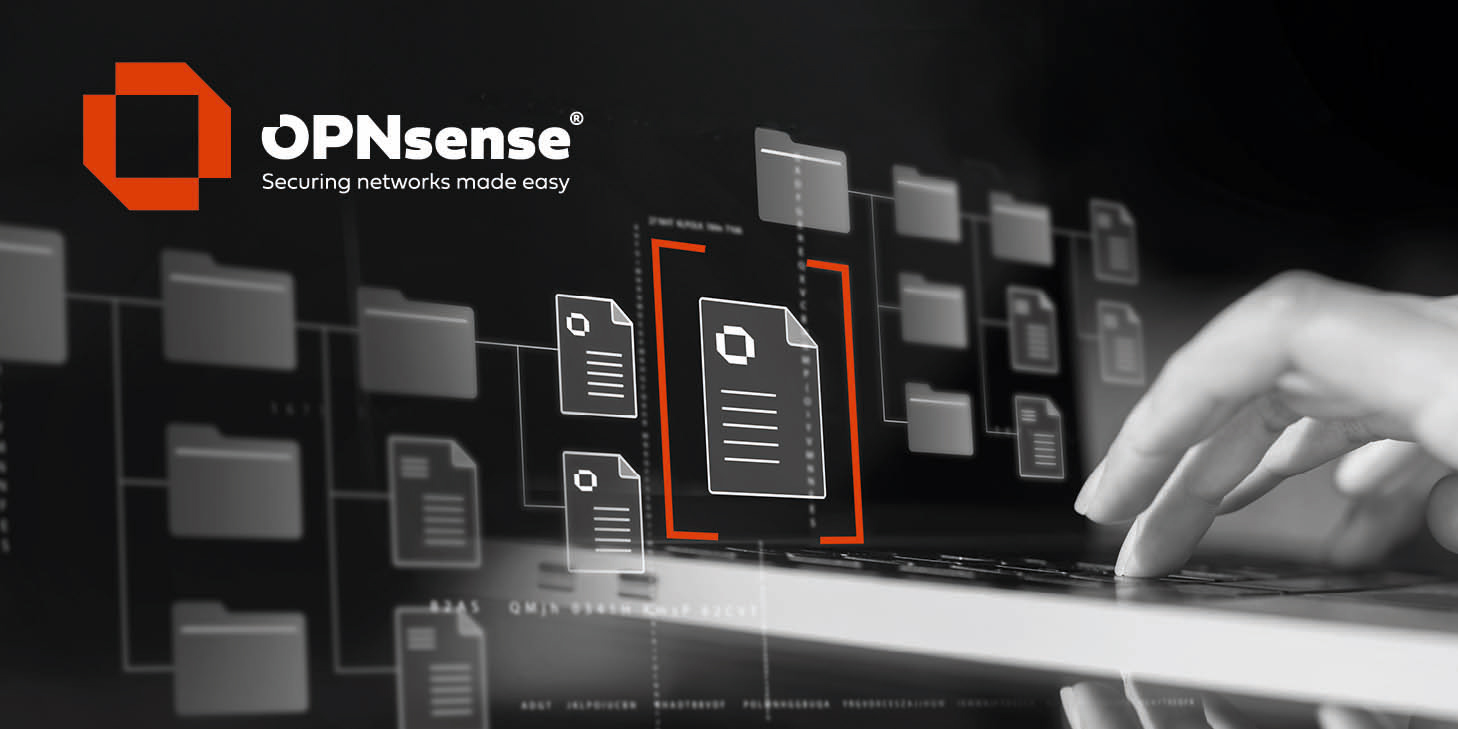Quote from: spetrillo on August 30, 2025, 08:50:21 PMSuricata is throwing up some alerts that I think are ok but I am not sure. Is this ok??
Content match Service Suricata_alert
Date: Sat, 30 Aug 2025 14:41:04
Action: alert
Host: opnsfwpr01.petrillo.home
Description: content match:
{"timestamp":"2025-08-30T14:39:03.101552-0400","flow_id":2125015740515061,"in_iface":"igb3^","event_type":"alert","src_ip":"172.16.2.2","src_port":31511,"dest_ip":"185.136.96.98","dest_port":53,"proto":"UDP","pkt_src":"wire/pcap","tx_id":0,"alert":{"action":"allowed","gid":1,"signature_id":2027758,"rev":5,"signature":"ET DNS Query for .cc TLD","category":"Potentially Bad Traffic","severity":2,"metadata":{"affected_product":["Any"],"attack_target":["Client_Endpoint"],"confidence":["High"],"created_at":["201
...
The Suricata alert indicates a network event captured on August 30, 2025, at 14:39:03 EDT, with the following details:
Timestamp: 2025-08-30T14:39:03.101552-0400
Flow ID: 2125015740515061 (unique identifier for the network flow)
Interface: igb3^ (network interface where traffic was captured)
Event Type: Alert (triggered by Suricata's intrusion detection system)
Source IP/Port: 172.16.2.2:31511 (private IP, likely internal network device)
Destination IP/Port: 185.136.96.98:53 (public IP, port 53 used for DNS)
Protocol: UDP (typical for DNS queries)
Packet Source: wire/pcap (captured from live network traffic or pcap file)
Transaction ID: 0 (tx_id for the specific transaction in the flow)
Alert Details:
Action: Allowed (traffic was not blocked)
GID: 1 (group ID for the rule)
Signature ID: 2027758 (unique ID for the rule triggered)
Revision: 5 (rule version)
Signature: ET DNS Query for .cc TLD (Emerging Threats rule for DNS query to .cc top-level domain)
Category: Potentially Bad Traffic (indicates suspicious but not necessarily malicious activity)
Severity: 2 (moderate severity, on a scale where 1 is critical, 3 is low)
Metadata:
Affected Product: Any (applies to any system)
Attack Target: Client_Endpoint (likely targeting a client device)
Confidence: High (high confidence in the rule's accuracy)
Created At: 2013 (rule creation date)
Summary: The alert was triggered by a DNS query from 172.16.2.2 to 185.136.96.98 for a .cc domain, flagged as potentially suspicious by Suricata's Emerging Threats ruleset. The .cc TLD is sometimes associated with malicious activity, but the traffic was allowed. Further investigation into the destination IP and domain context is recommended to assess risk. If you check out what this host has been reported for causing it to be flagged, you can look here. I like to use AbuseIPDB for further IP/host investigation.

 "
"


